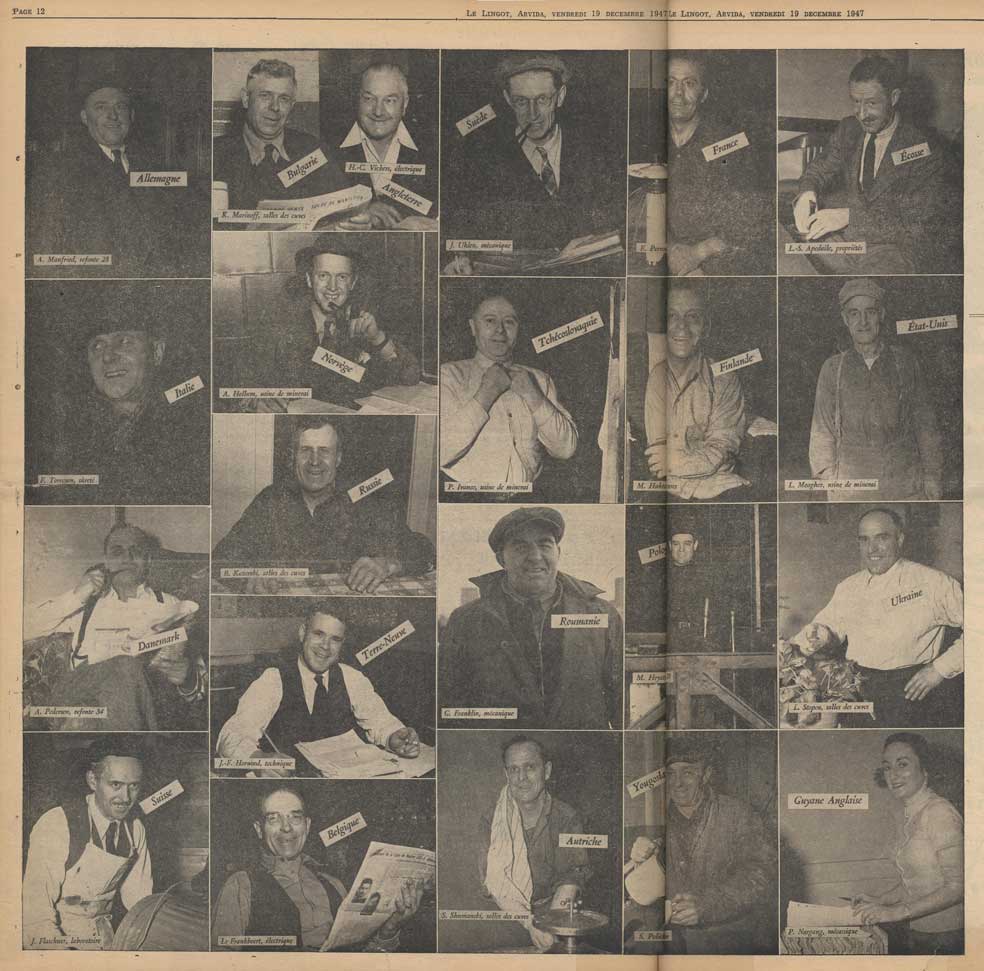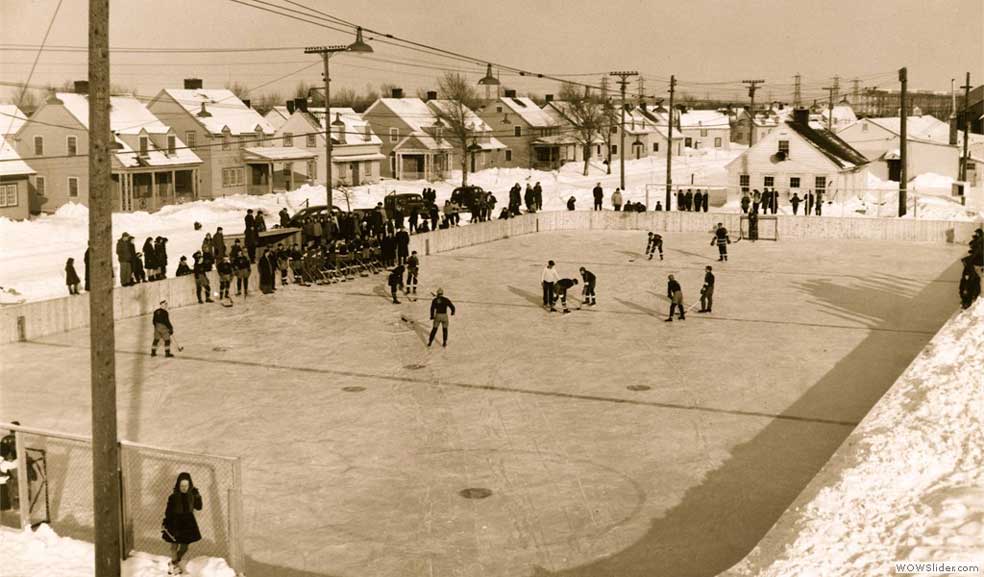The compilation of decades of research and experimentation to devise the ideal housing for workers, a source of fulfillment and belonging
Arvida owes its exceptional layout to the unprecedented skills of its founders, pillars of an unusual company: by the end of the 19th century, the aluminum company, due to its primary resources, was already a multinational, transporting its skilled craftsmen all around the world. The Davis, Fickes and others who created Arvida travelled to the far corners of the French aluminum market; they founded the town of Moengo in Suriname, the town of Mackenzie in Guyana; they criticized the American dormitories of Massena, admired the model cities of the British chocolate industry, and contemplated those developed for Norway’s hydropower. In 1919, in its namesake city of Tennessee, Alcoa went as far as selling houses to its African-American workers: “We are all equal here,” was heard to be said. It comes as no surprise when Wake, in charge of the Arvida construction, proposes houses featuring a “distinctive character of Quebec”. It amounts to producing a desirable environment, conducive to generating a sense of belonging among workers; a living environment that does not mutually discriminate. Other than the 20 houses reserved for mobile workers, no dwelling in Arvida asserts any social status, just as no social class or ethnic background is confined to a neighbourhood. In the city, which soon counts thirty nationalities, only religious affiliations polarize the mainly Catholic and Protestant population. Thus, the project of multinational origin has gradually become more and more Canadian, adopting a likeness to Quebec as well as a Arvida.





 Official City of Saguenay website
Official City of Saguenay website